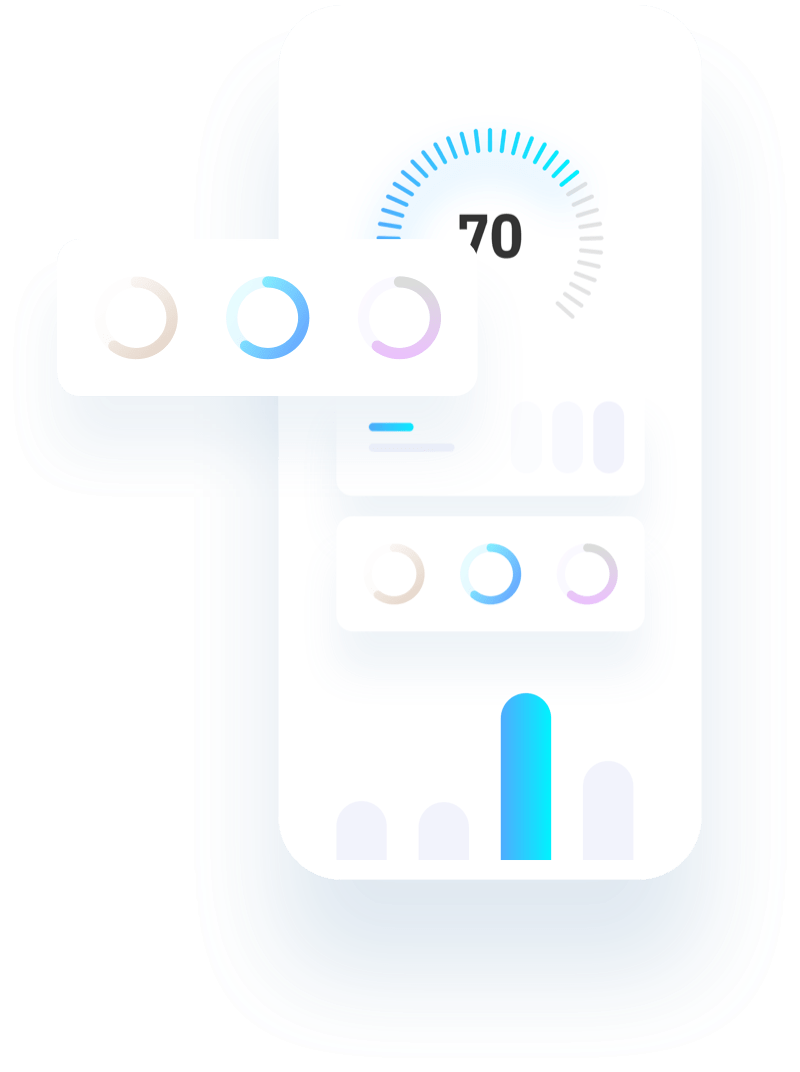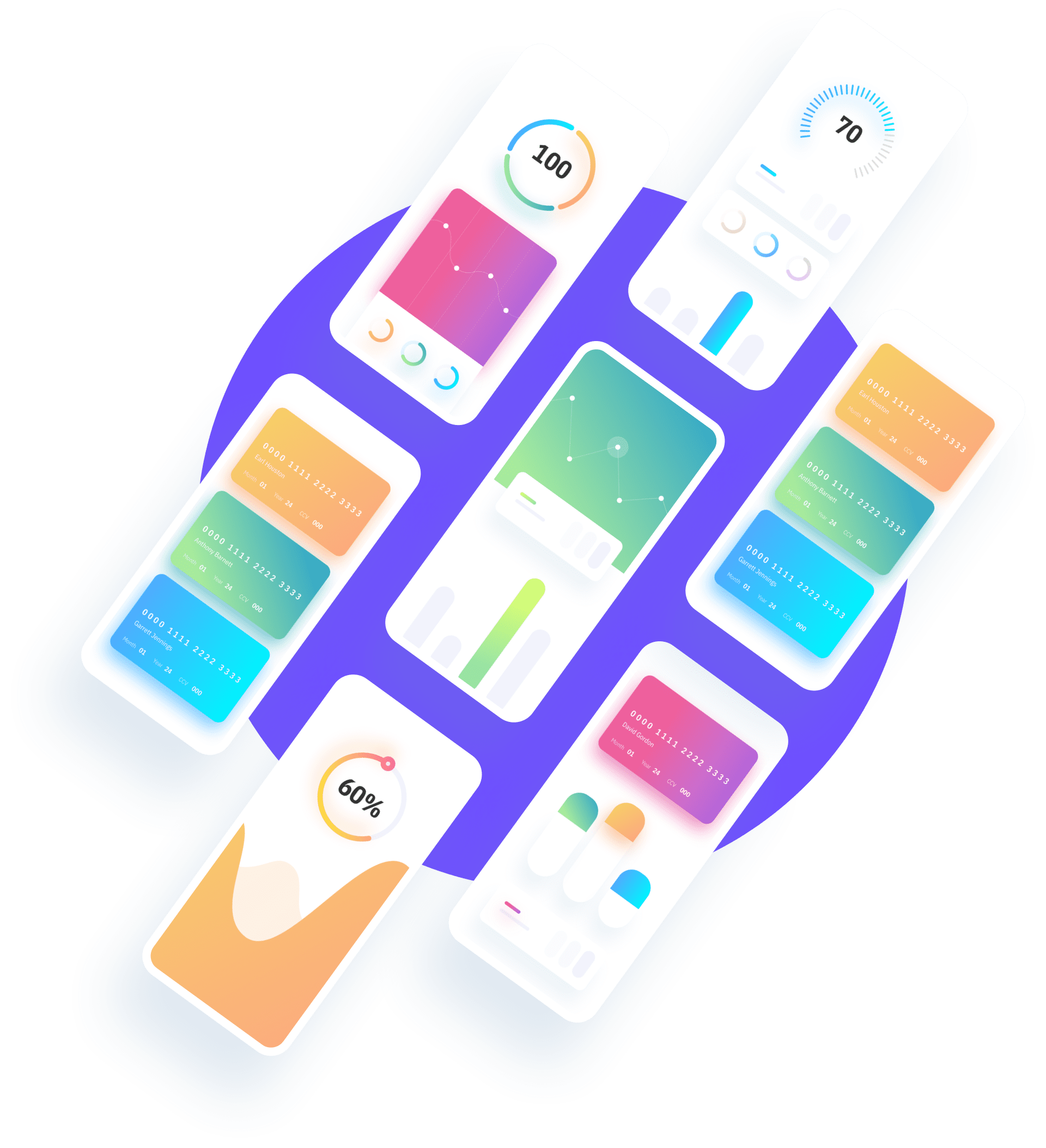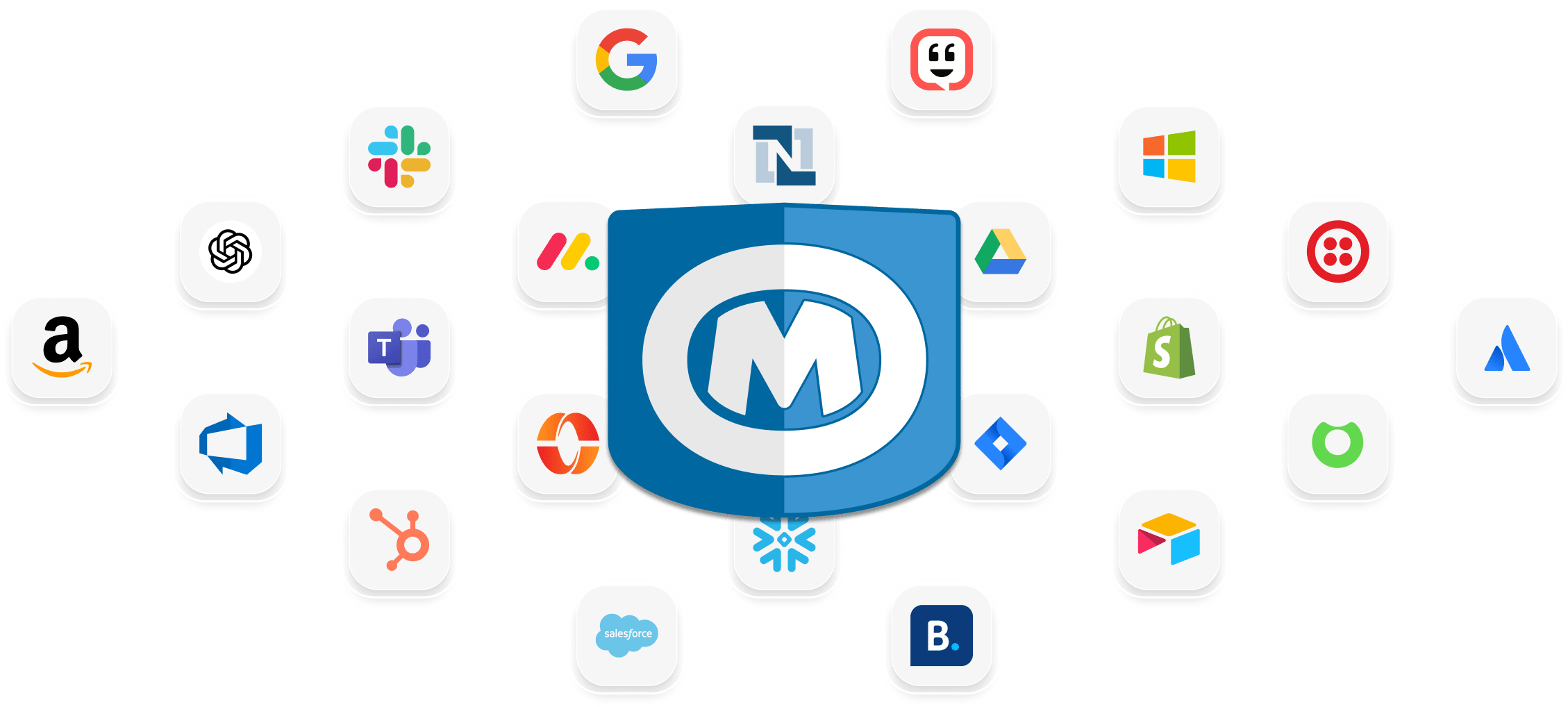Beyond iPaaS:
Why Real-Time CX Integration Demands More Than Just Data Pipelines
If you’ve ever tried to connect your contact center to your CRM, you’ve probably heard the term iPaaS—Integration Platform as a Service. It promises seamless data flow between systems, less coding, and faster time to market.
But here’s the truth: while iPaaS solves a data problem, it doesn’t solve an experience problem.
In the world of customer service and CX operations, agents don’t just need data—they need context, timing, and guidance. That’s where traditional integration tools fall short—and where a Real-Time CX Integration Layer like OpenMethods comes in.

The iPaaS Promise—and Its Limits
iPaaS platforms (like MuleSoft, Boomi, or Workato) are designed to move data between applications, automate business processes, and simplify integration development.
For back-office systems—like billing or HR—they work beautifully. But in a contact center, milliseconds matter. Agents can’t wait for API calls or batch jobs to sync data; they need instant, context-aware information that guides the next best action while the customer is on the line.
That’s where the cracks start to show:
| Traditional iPaaS | Real-Time CX Integration |
|---|---|
| Moves data between systems | Embeds data inside the agent experience |
| Focuses on API orchestration | Focuses on customer context and workflow |
| Often runs asynchronously (minutes/hours) | Operates in real time (milliseconds) |
| Designed for IT automation | Designed for contact center operations |
Why CX Needs More Than a Pipeline
In CX, “connected data” isn’t enough. What matters is how the data is presented, when it appears, and what it enables the agent to do next.
When agents have to toggle between systems—even if they’re technically integrated—they lose rhythm and focus. The result is:
-
Longer handle times due to context-switching
-
Inconsistent responses between agents
-
Higher cognitive load, leading to burnout
-
Reduced CSAT from broken, fragmented experiences
A customer doesn’t care whether your data syncs behind the scenes—they care that the agent seems to “already know them.” That’s not a data issue; it’s an experience design issue.

Enter Real-Time CX Integration
A Real-Time CX Integration Layer goes beyond APIs—it sits at the intersection of CRM, CCaaS, and back-office systems to deliver context, not just connectivity.
Here’s how OpenMethods makes that difference:
1. Embedded Context
- Customer, interaction, and system data surface automatically inside the CRM or telephony UI.
- Agents don’t need to switch windows or copy data manually.
2. Dynamic Workflow Automation
- Triggered by events in real time (call answered, chat started, case updated).
- Automates steps like pulling up records, routing calls, or updating CRM notes.
3. Low-Code Experience Layer
- No heavy middleware scripts or long IT queues.
- Admins can design and modify workflows with drag-and-drop simplicity.
4. Consistent Interface Across Platforms
- Whether you’re using Zendesk or Oracle, the agent sees the same experience and logic everywhere.

The Result: Real-Time Context, Real Business Outcomes
When data flows at the speed of conversation, the results are tangible:
-
25–40% reduction in Average Handle Time (AHT)
-
Higher First-Call Resolution (FCR) from immediate access to full context
-
Faster onboarding—agents master workflows faster because they’re guided, not left guessing
-
Better compliance through controlled, consistent process execution
And for IT teams, it means fewer brittle integrations, lower maintenance costs, and faster iteration when business needs change.
What to Look for in a CX Integration Platform
When evaluating platforms for CX integration, go beyond the checklist of APIs and connectors. Ask:
- Does it embed directly within my CRM or telephony UI?
- Can it trigger workflows in real time based on customer actions?
- How easily can non-developers update automations?
- Does it maintain context across all channels (voice, chat, email)?
- Can it scale with both my tech stack and my service team?
If your current integration tools can’t answer “yes” to those, it’s time to think beyond iPaaS.
From Integration to Experience
Integration is only step one. The real goal is to unify experience—for agents and customers alike.
By moving from “connected data” to “connected workflows,” you transform your contact center from reactive to intelligent.